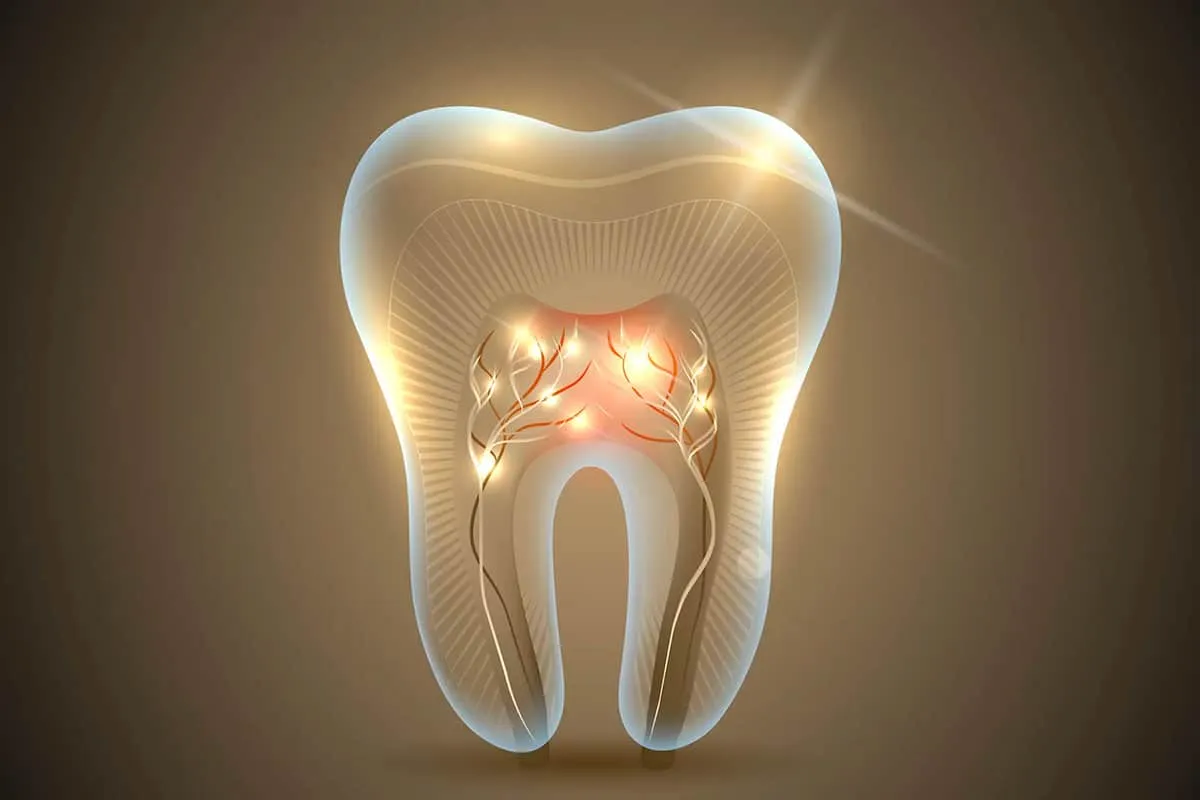Parkinson’s disease is a neurodegenerative disease that primarily affects dopaminergic neurons in the part of the brain called substantia nigra. It is characterized by tremors, muscle rigidity, balance disorders and slow jerky movements. Although there is no cure for Parkinson’s disease, there are several treatments that can help manage the symptoms of the disease, including medication, physical therapy, and surgery.
However, these conventional treatments don’t work for everyone and can have unwanted side effects. As a result, more and more people are turning to natural remedies to help manage the symptoms of Parkinson’s disease, including cannabis oil.
Benefit of cannabis oil on parkinson’s disease
Cannabis oil is extracted from the cannabis plant and contains active compounds called cannabinoids. The main cannabinoid in cannabis oil is delta-9-tetrahydrocannabinol (THC), which is responsible for the plant’s psychoactive effects. Another important cannabinoid is cannabidiol (CBD), which has no psychoactive effects but can have therapeutic effects.
Research on the effect of cannabis oil on Parkinson’s disease is still limited, but preliminary results are promising. Cannabinoids can affect endocannabinoid receptors in the nervous system, which are involved in regulating several biological processes, including the regulation of movement and mood.
Several studies have suggested that cannabis oil can help reduce some of the symptoms of Parkinson’s disease, including muscle stiffness, tremors, and dyskinesia (involuntary movements). A 2014 study showed that THC can reduce muscle stiffness in people with Parkinson’s disease. Another 2015 study showed that THC can help reduce tremors in people with Parkinson’s disease.
CBD has also been studied for its effect on Parkinson’s disease. A 2014 study showed that CBD can help reduce psychotic symptoms in people with Parkinson’s disease, such as hallucinations and delusions. Another study from 2017 showed that CBD can help improve quality of life and quality of sleep in people with Parkinson’s disease.
It is important to note that research on the effect of cannabis oil on Parkinson’s disease is still ongoing and results may vary from person to person. In addition, the use of cannabis oil can have unwanted side effects, including
is psychoactive effects of THC, such as confusion, anxiety and paranoia. However, using cannabis oil that primarily contains CBD can help minimize these side effects.
It is also important to stress that cannabis oil should not be used as a first-line treatment for Parkinson’s disease and should only be used after consulting a medical professional. People with Parkinson’s disease may need a combination of treatments to effectively manage their symptoms.
Also, cannabis oil is not legal in all countries and may be considered a controlled substance. People considering using cannabis oil for Parkinson’s disease should therefore check local laws before using it.
Finally, it is important to point out that research on the effect of cannabis oil on Parkinson’s disease is still ongoing and further research is needed to determine the long-term efficacy and safety of this approach. therapeutic.
References :
- Lotan I, Treves TA, Roditi Y, Djaldetti R. Cannabis (medical marijuana) treatment for motor and non-motor symptoms of Parkinson disease: an open-label observational study. Clin Neuropharmacol. 2014;37(2):41-4.
- Carroll CB, Bain PG, Teare L, et al. Cannabis for dyskinesia in Parkinson disease: a randomized double-blind crossover study. Neurology. 2004;63(7):1245-50.
- Chagas MH, Zuardi AW, Tumas V, et al. Effects of cannabidiol in the treatment of patients with Parkinson’s disease: an exploratory double-blind trial. J Psychopharmacol. 2014;28(11):1088-98.
- Kluger BM, Triolo P, Jones W, Jankovic J. The therapeutic potential of cannabinoids for movement disorders. Mov Disord. 2015;30(3):313-27.
-
Chagas MH, Eckeli AL, Zuardi AW, et al. Cannabidiol can improve complex sleep-related behaviours associated with rapid eye movement sleep behaviour disorder in Parkinson’s disease patients: a case series. J Clin Pharm Ther. 2014;39(5):564-6.




Comments are closed.